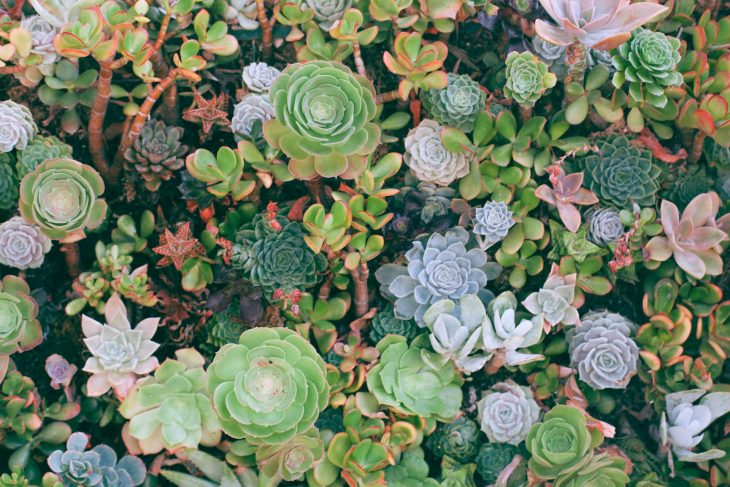
Curious about the types of succulents you can add to your garden? We understand your interest. These plants can brighten up not just your garden but also any room inside your home. Plus, people who struggle with gardening won’t have trouble raising these low-maintenance plants. All types of succulents only need a small amount of water since they store most of it in their leaves or stems.
Most online dictionaries define succulents as juicy and moist. This explanation stems from the fact that succulents reserve so much water inside of them. An example would be cutting open an aloe vera leaf. You’ll instantly see the juices and gel-like substance that the plant stored in its leaves. And, having aloe vera within your reach gives you access to natural medicine that can cleanse your hair and treat sunburns.
Get to know other types of succulents that you can easily purchase from stores. Spruce up your home or workspace by adding some of the best succulents from our detailed list.
Get Fresh Air Indoors With These Types of Succulents
Almost all types of succulents thrive in environments with warm temperatures. Because of this, plant lovers add place pots and pots of these low-maintenance plants in their homes. Just like other house plants, succulents can fill your home’s atmosphere with fresh and healthy air. Adding succulents to your outdoor garden is fine too. They can help keep polluted air out of your home.
To help match you with the perfect type of succulents for your space, we compiled a list of the best succulents that you may or may not know about. Learn which ones are perfect for the indoors, outdoors, or both!
Types of Succulents
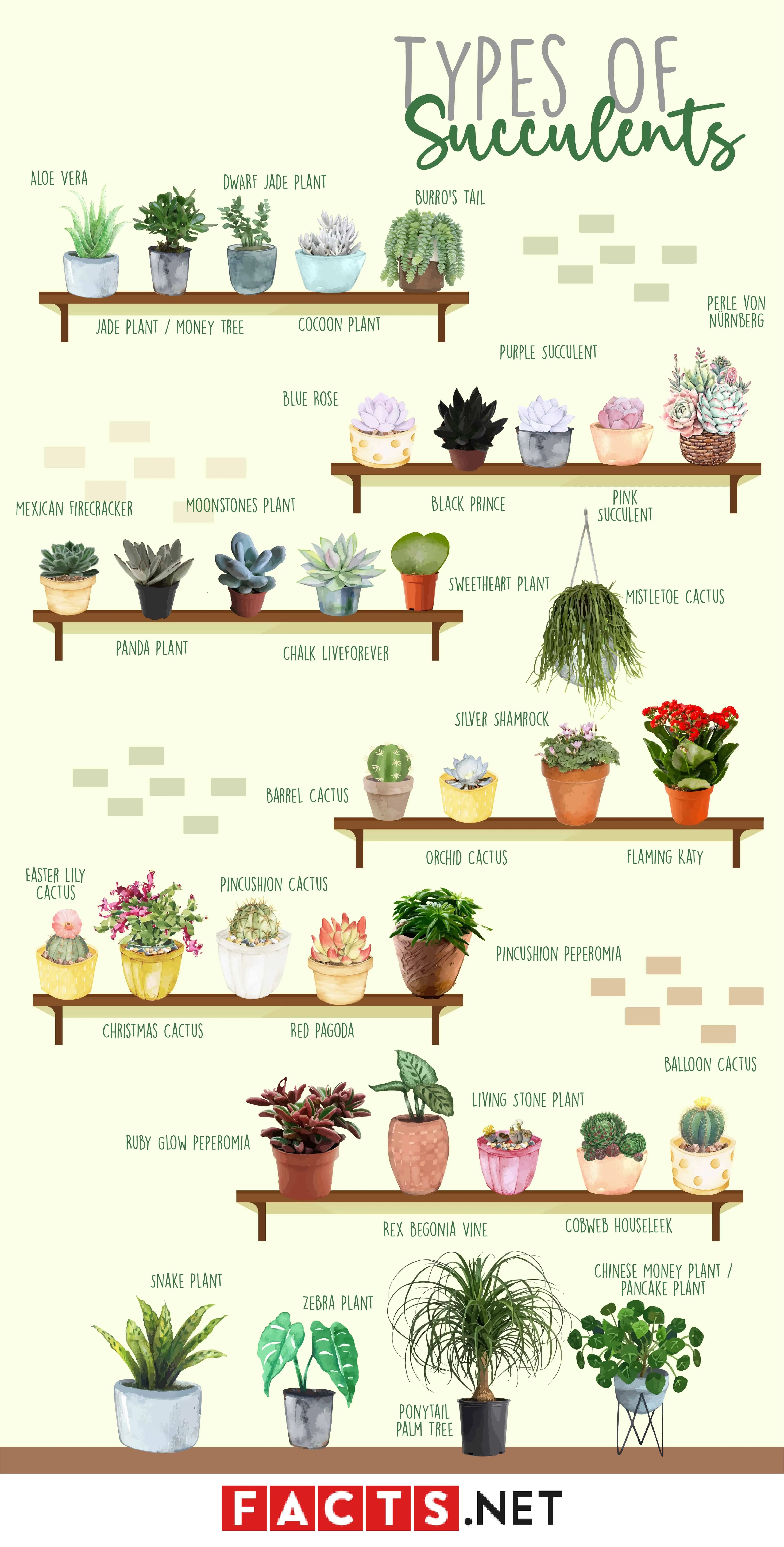
Aloe Vera

One of the most famous types of succulents found in most homes would be the aloe vera. This plant showcases various medicinal properties such as treating skin injuries and constipation. The gel from the aloe vera can also be used as a remedy for eczema, psoriasis, and acne.
Jade Plant or Money Tree
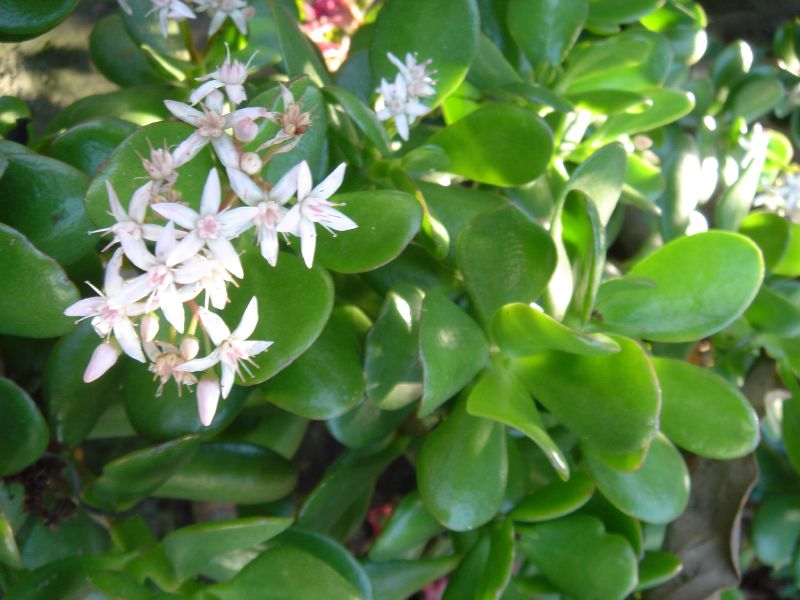
Botanists usually call the Jade Plant “Crassula ovata.” Just like most types of succulents, the Jade Plant has thick and smooth leaves that store water. Every once in a while, you might spot a few pink or white flowers growing along with the Jade Plant’s shiny green leaves.
Dwarf Jade Plant
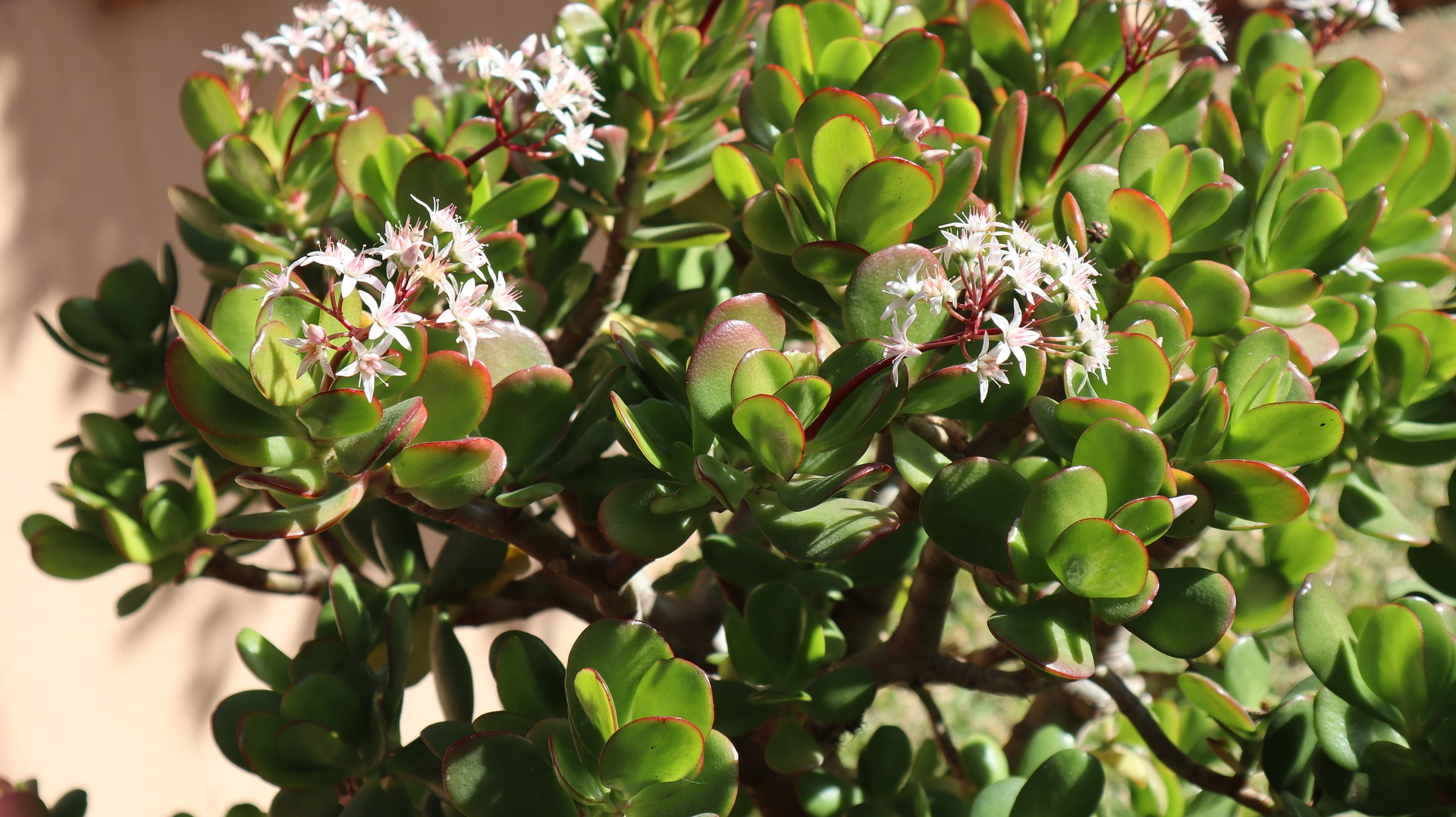
Despite their similar appearances, the species of the Dwarf Jade Plant differs from the Jade Plant. These two succulents even grow small pink or white flowers that look the same. In reality, the Jade Plant falls under the Crassula species, while the Dwarf Jade Plant is part of the Portulacaria genus.
Cocoon Plant (Senecio Haworthii)
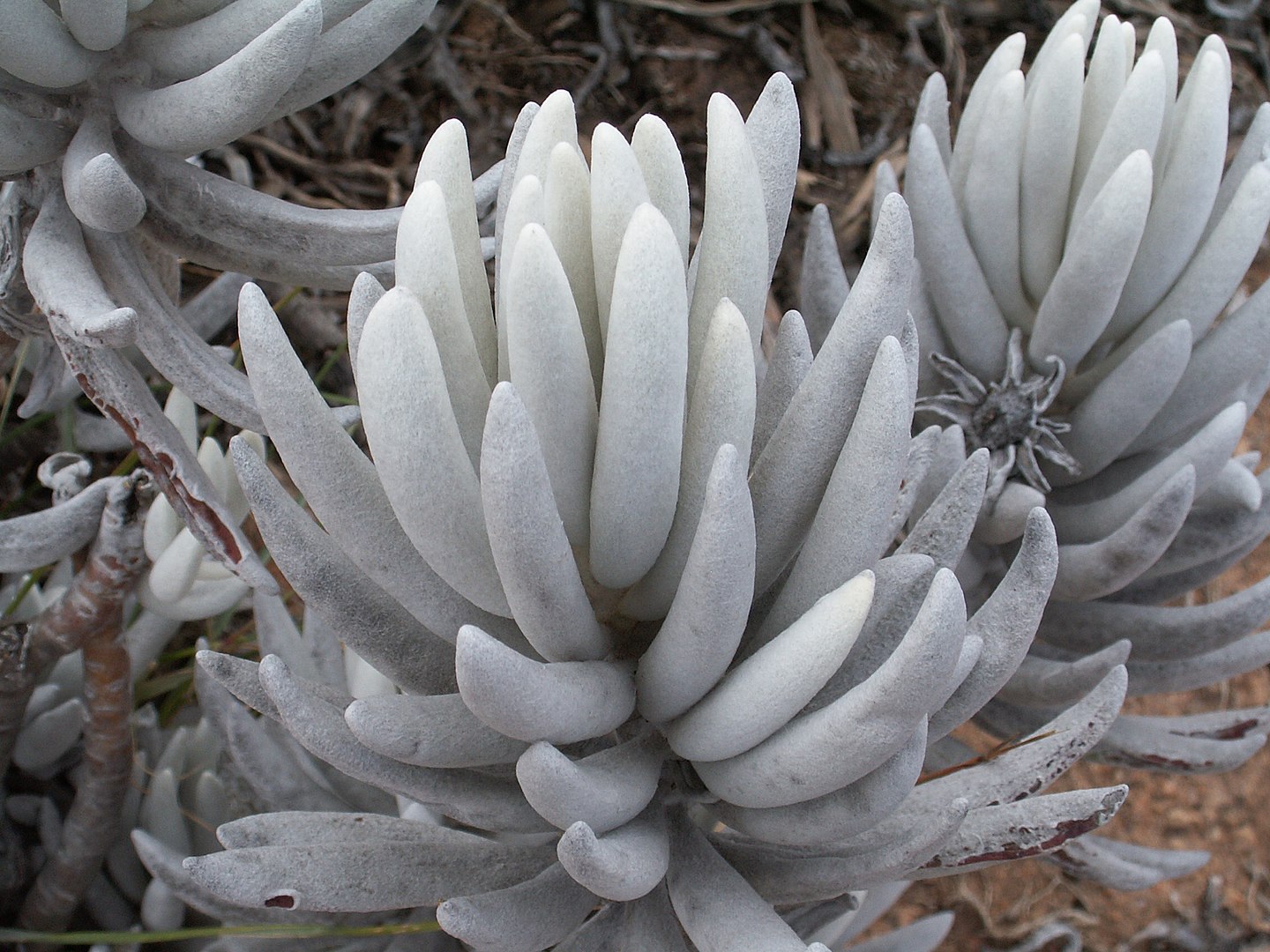
True to its name, the Cocoon Plant’s leaves look like a stack of hairy white cocoons. If you plan to purchase one, you only need to water this succulent every summer. However, if you buy Cocoon Plant’s seeds, you have to keep its soil moist.
Snake Plant

The Snake Plant is one of the types of succulents you can keep alive despite neglecting it for days. It thrives on low light and occasional watering. Rookie gardeners vie for this succulent to practice raising plants at home. Visually, its leaves look a lot thinner than most succulents. Because of the sharpness of the leaves, people also called it “Mother-in-law’s Tongue.”
Burro's Tail (Sedum Morganianum)
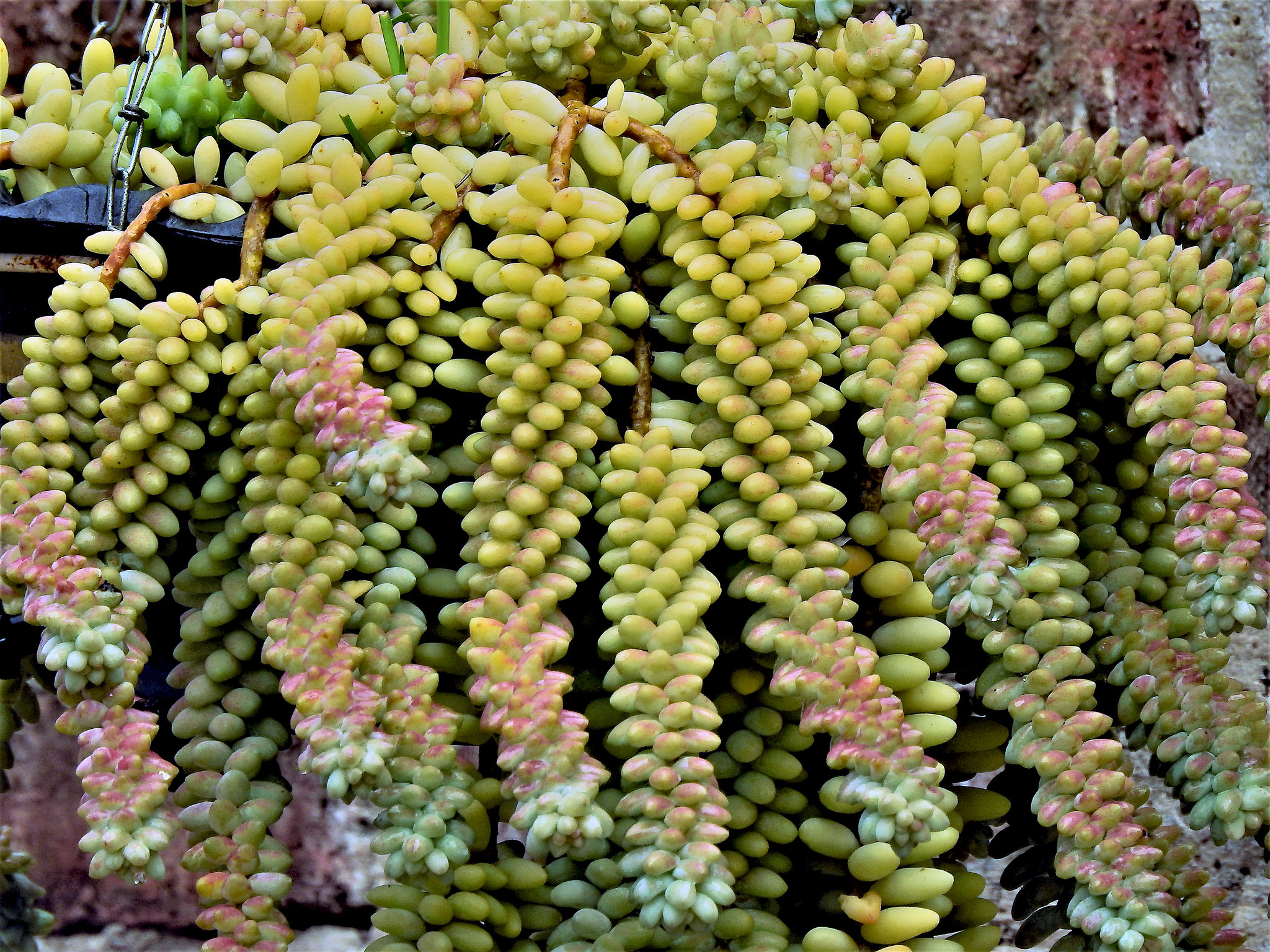
The trailing stems of the Sedum Morganianum look like a donkey’s tail. This cute succulent also goes by Burro’s Tail. Sedum Morganianum thrives the best outdoors. However, they also make perfect hanging plants in your living room or kitchen. Just keep it partially lit by the sun during the day and you’re good to go.
Zebra Plant
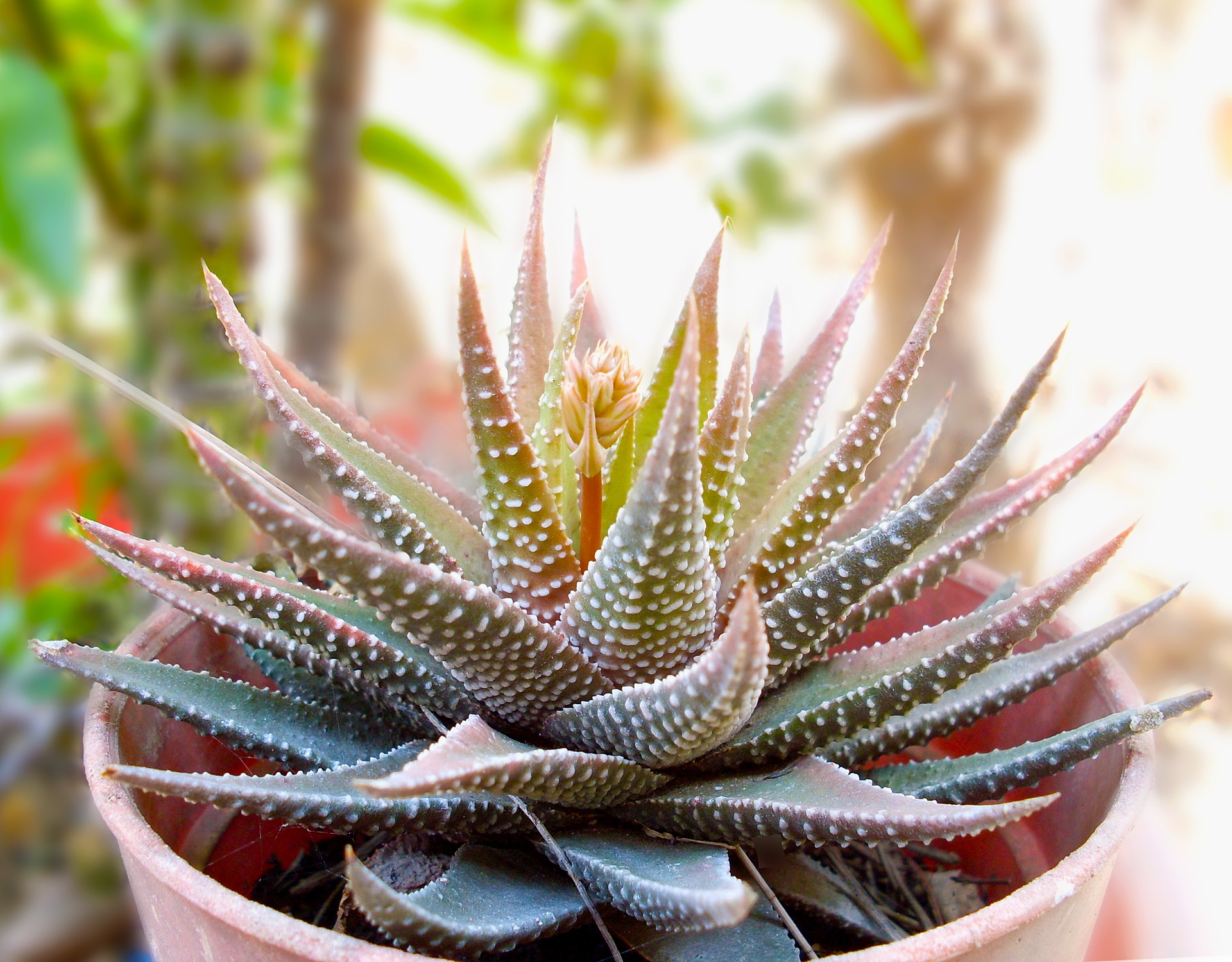
One of the best types of succulents to grow indoors include the Zebra Plant. This succulent works well with beginners because it grows well as long as it has partial sunlight. Its beautiful dark green leaves can grow up to 13 cm tall.
Perle von Nürnberg

Adding a Perle von Nürnberg to your living room will certainly brighten your home’s atmosphere. The light purple-pink succulent falls under the famous Echeveria genus. The species of this type of succulent is commonly found in most homes especially rookie gardeners.
Pink Succulent (Echeveria Laui)

The Pink Succulent that most beginner gardeners watch out for is also called the Echeveria Laui. The unique succulent sold in shops usually has a powder-blue hue instead of the most sought out pink color. Despite the plant’s low-maintenance needs, you have to mind the flower stalks growing along the Echeveria Laui. Cut the stalks whenever you spot them to keep your succulent from getting weak.
Purple Pearl or Purple Succulent
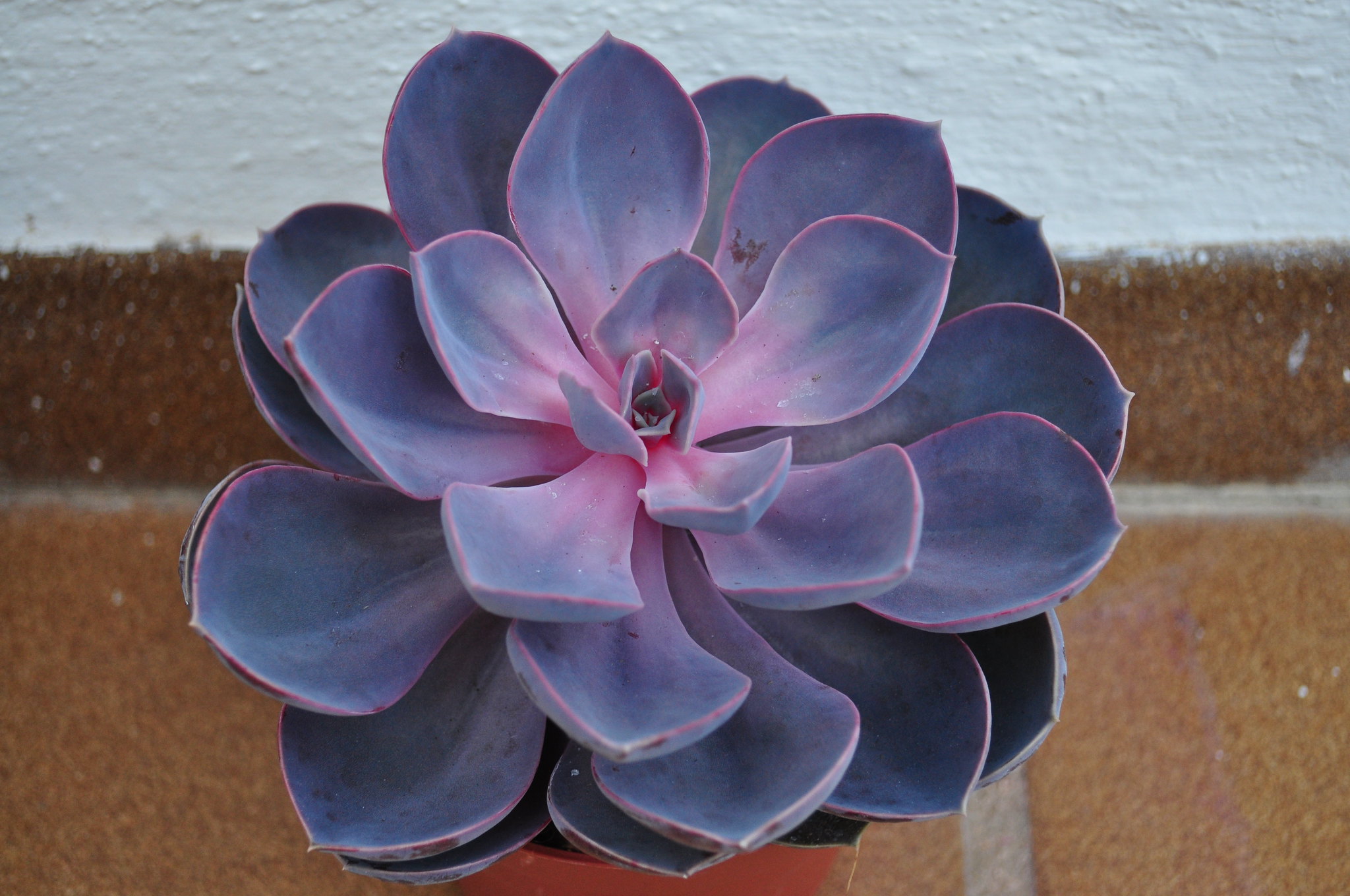
The Purple Pearl or the Purple Succulent mesmerizes plant lovers with its unique lavender-rose hue. Remember to place the Echeveria genus succulent in a room with bright sunlight to maintain its vibrant color. And, just like other succulents, the Purple Pearl doesn’t need to be watered frequently.
Black Prince (Echeveria Affinis)
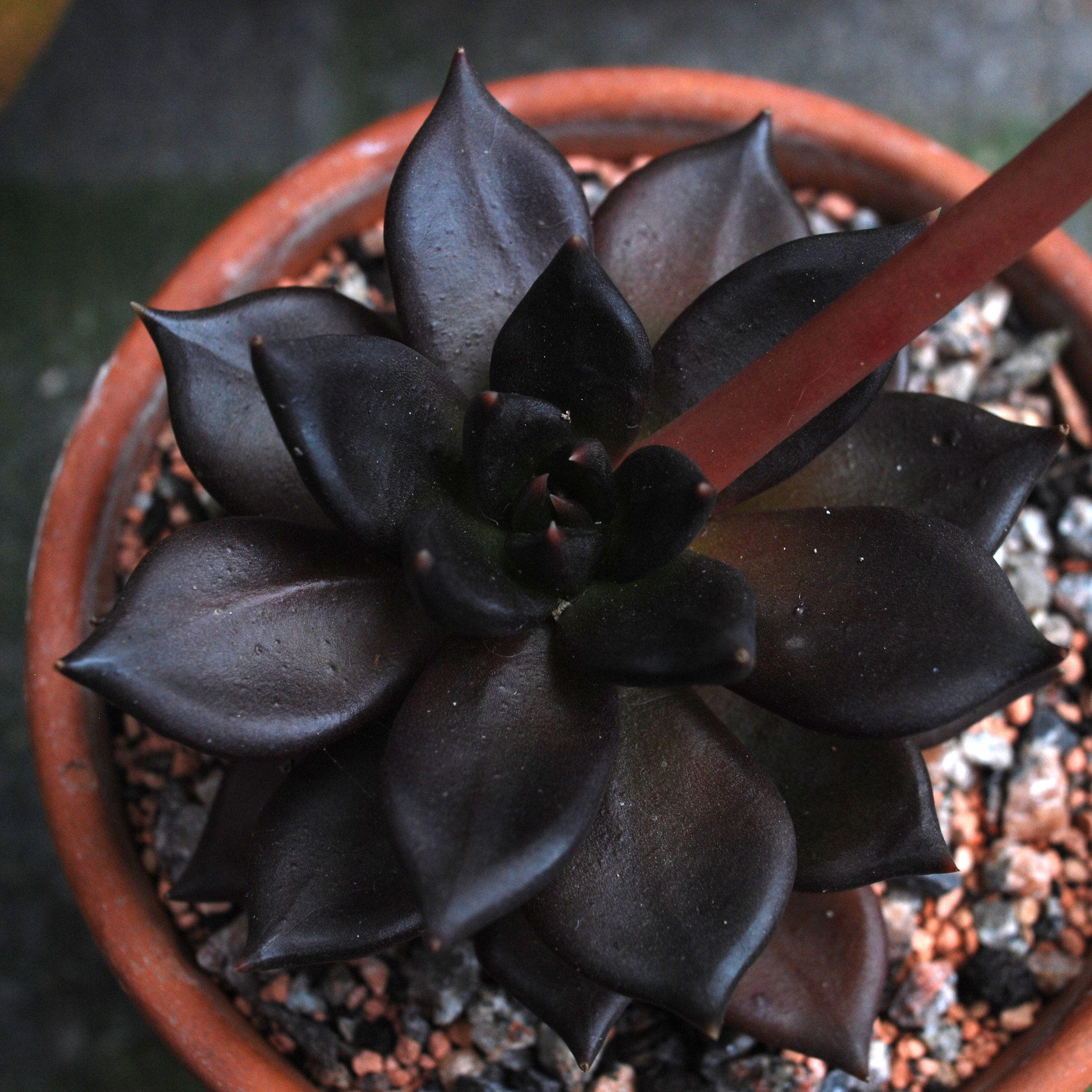
The Black Prince succulent also falls under the Echeveria genus. This unique house plant piques the interests of plant lovers because of its dark-colored thick leaves. The leaves also display tints of dark green and violet. If you purchase one for your place, you can intensify the Black Prince’s rare dark color with proper sun exposure.
Blue Rose (Echeveria Imbricata)
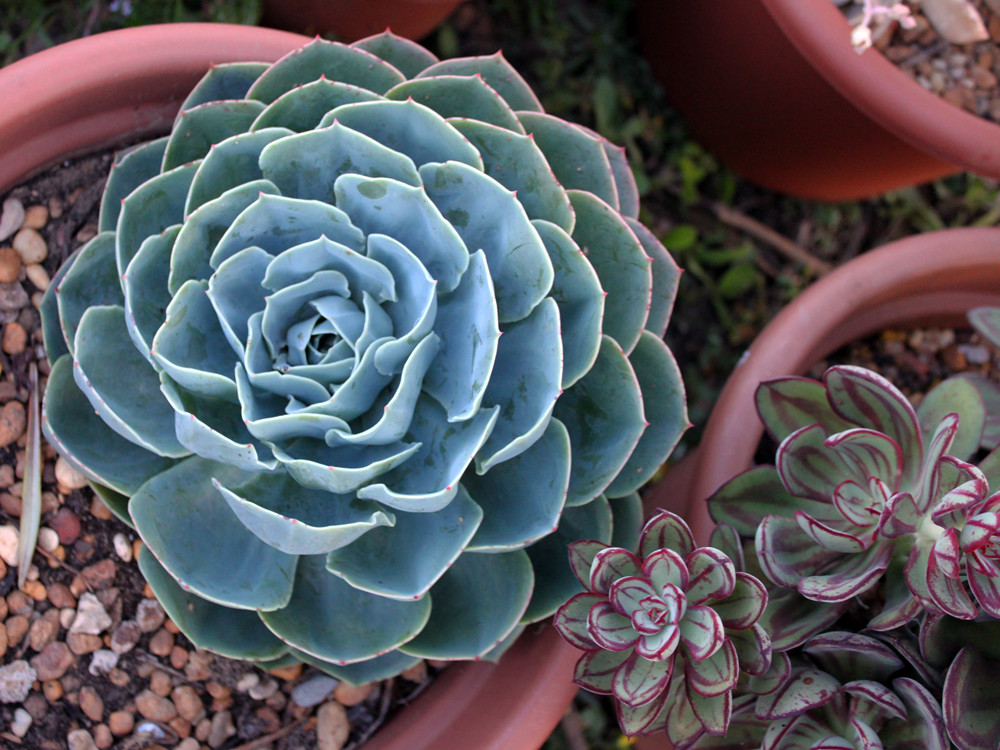
The Blue Rose succulent of the Echeveria genus looks like a blue rose. Go ahead and purchase this type of succulent if you want something that can last longer than the usual rose. It’s an inexpensive alternative to the rare flower.
Mexican Firecracker (Echeveria Setosa)
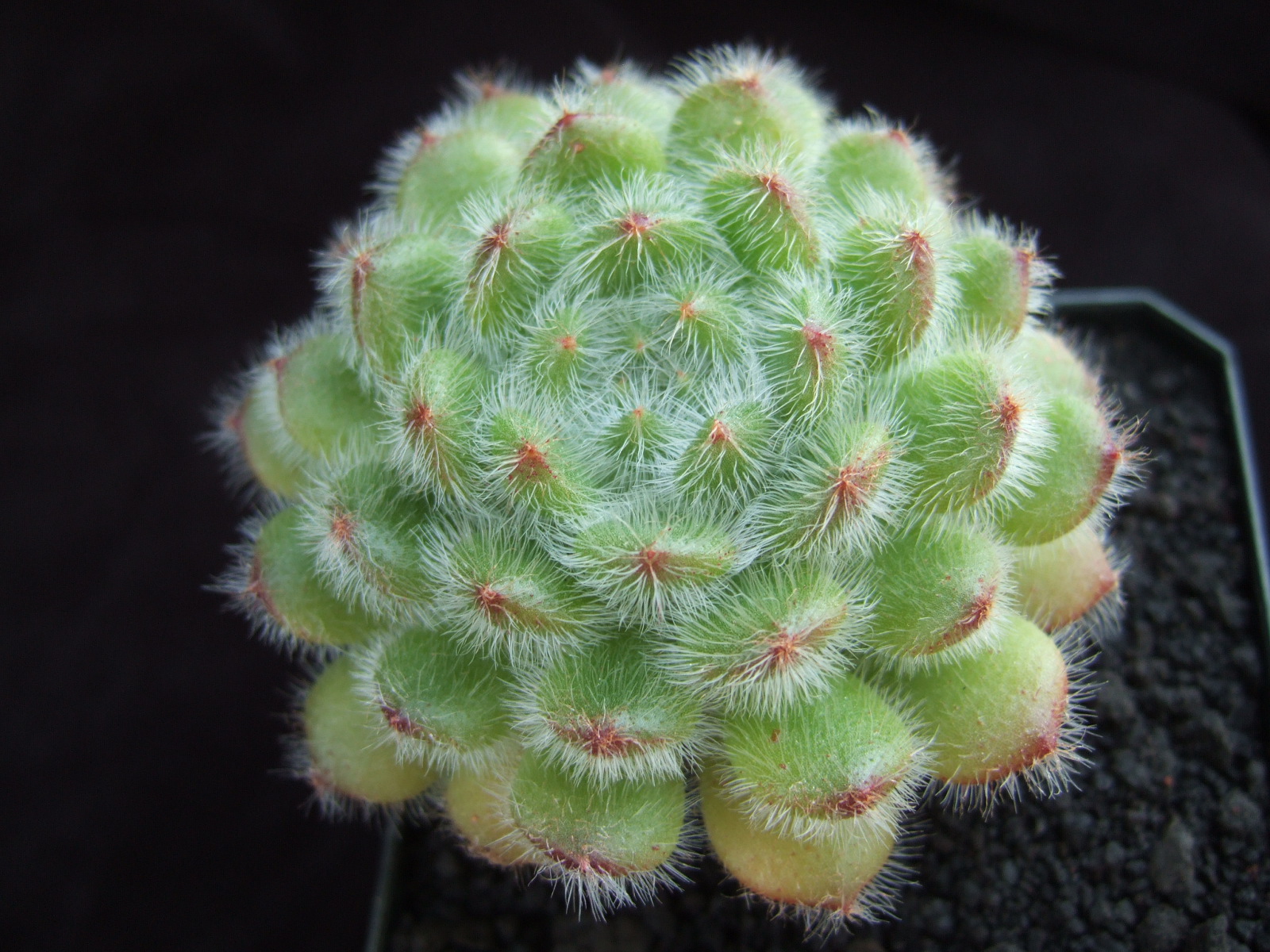
The Mexican Firecracker, or the Echeveria Setosa, won the Award of Garden Merit from the Royal Horticultural Society. If you buy one, you won’t have to worry about finding the best soil for this succulent. Mexican Firecrackers can still thrive on rocky or sandy terrain.
Panda Plant (Kalanchoe Tomentosa)
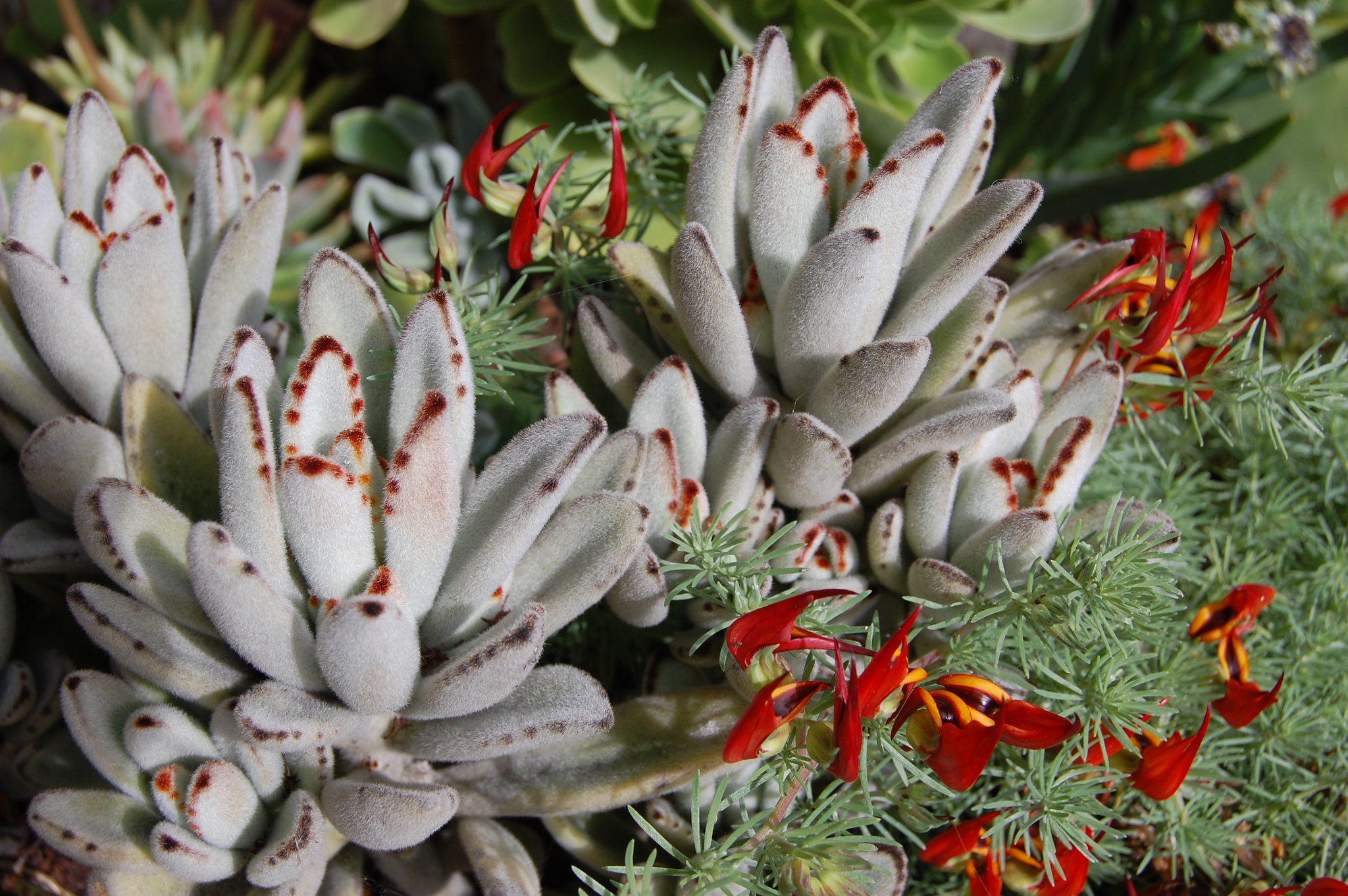
The Panda Plant got its name from the dark-colored spots on the furry leaves’ tips. Sometimes, people call the succulent, Pussy Ears because of its appearance. Raise the Panda Plant outdoors if you want to see its unique flowers in full bloom. If you own a cat or a dog, don’t purchase the Panda Plant for your home because the succulent might poison your beloved pet.
Moonstones Plant (Pachyphytum Oviferum)
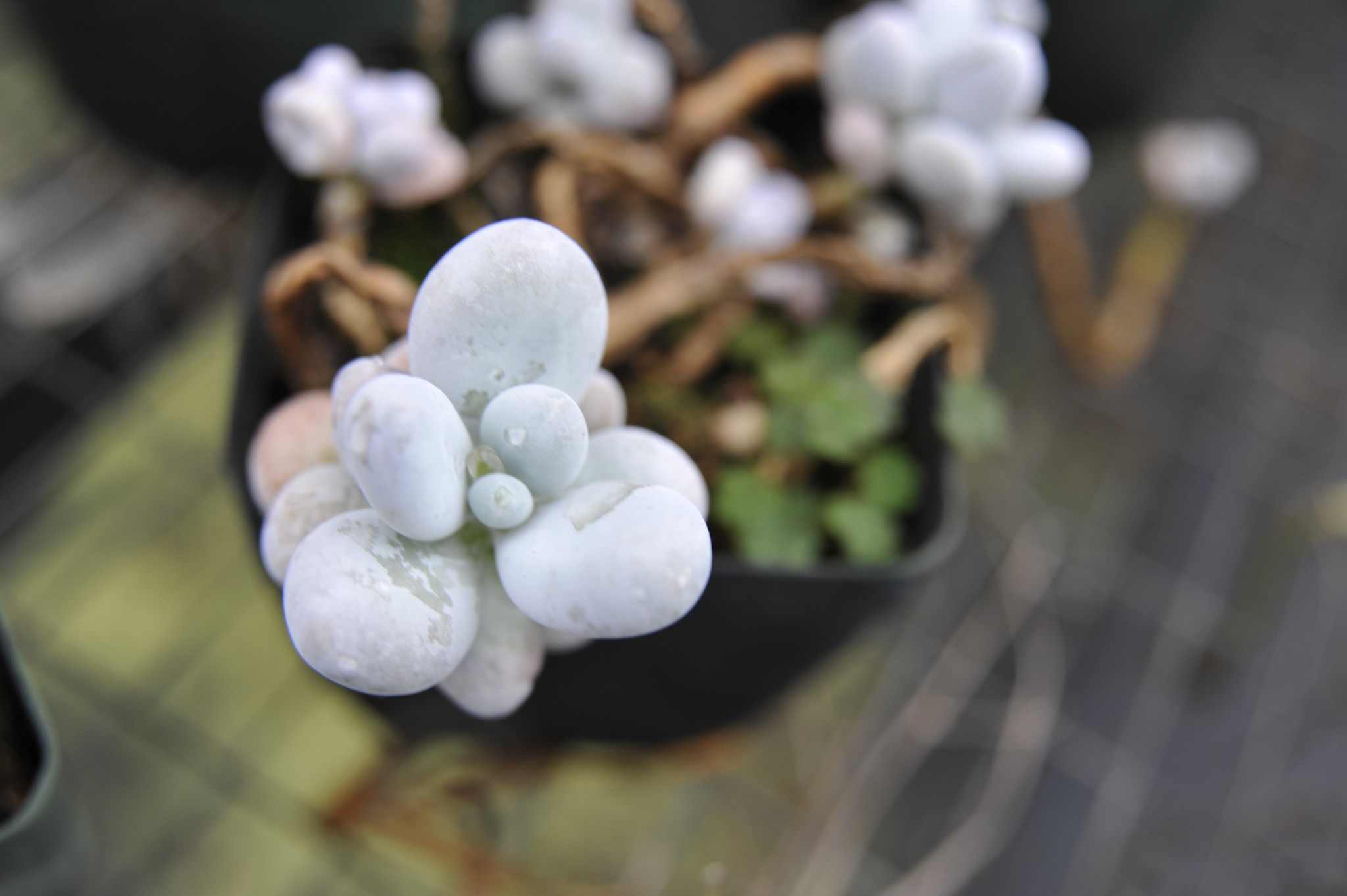
True to its name, the Moonstones Plant looks a lot like the opalescent stone. Because of this, many rookie gardeners love to keep this beautiful succulent on display indoors or outdoors. If you plan to own one, remember to keep it away from cold areas because this type of succulent cannot survive temperatures below -6°C (20°F).
Chalk Liveforever (Dudleya Pulverulenta)
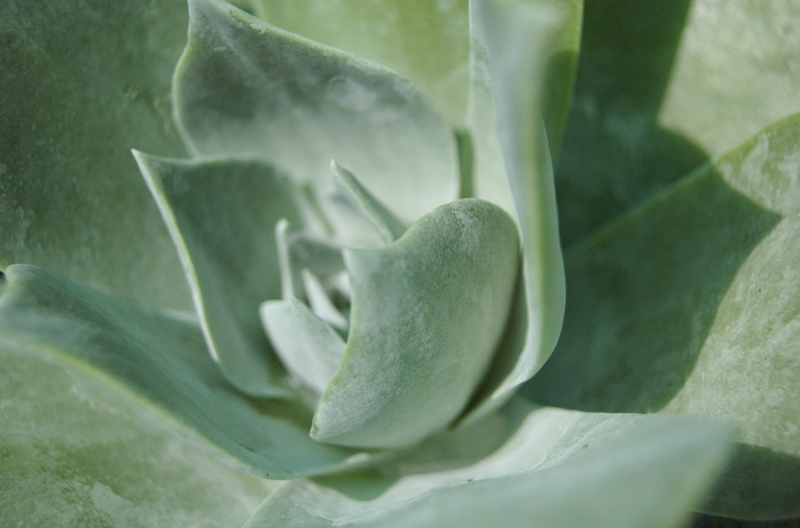
Chalk Liveforever also goes by Chalk Lettuce. This succulent showcases a lovely set of charming rosettes that grow up to 45 cm wide. During the summer, the Chalk Liveforever protects itself from the sun’s heat by closing its rosettes. If you’re worried about the white powder coating on the silver-gray leaves, you can just wipe them off.
Sweetheart Plant (Hoya Kerrii)
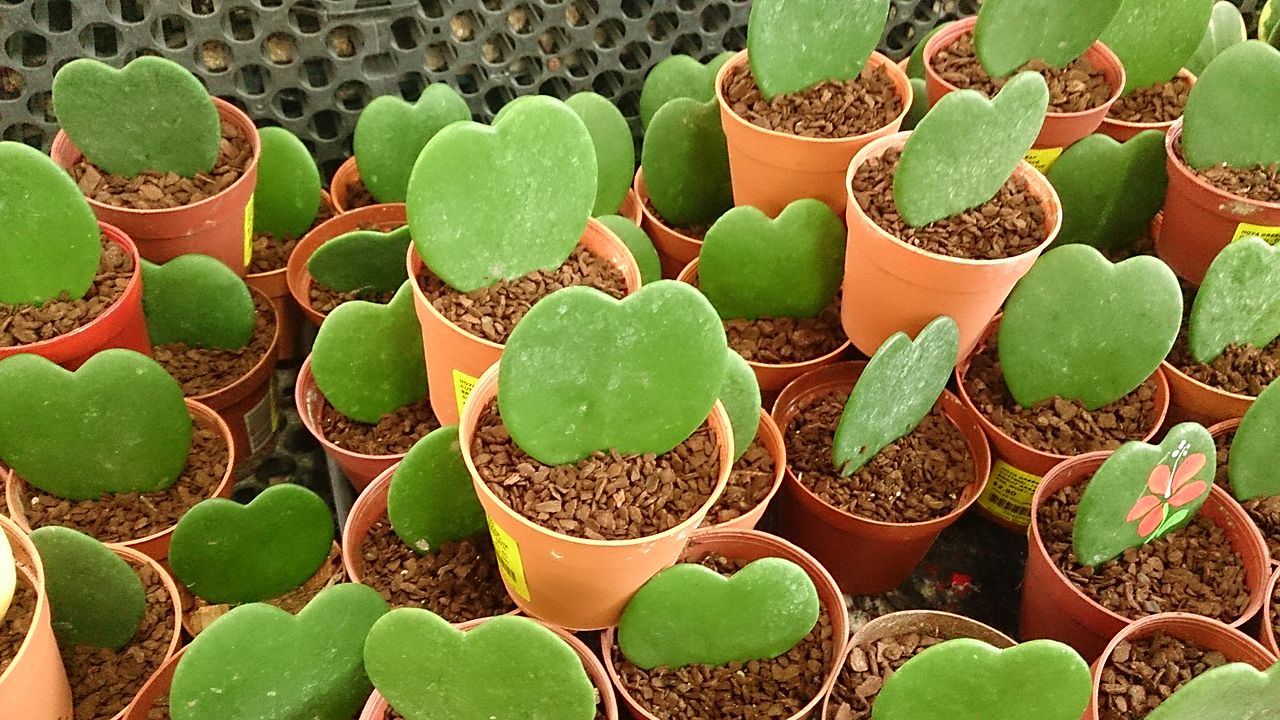
The Sweetheart Plant of the Hoya genus usually gets sold out from shops during Valentine’s Day. The succulents’ heart-shaped leaves make it a great gift alternative instead of the typical flower bouquet. Raising the Sweetheart Plant comes easily too since you only need to water it once every month.
Barrel Cactus
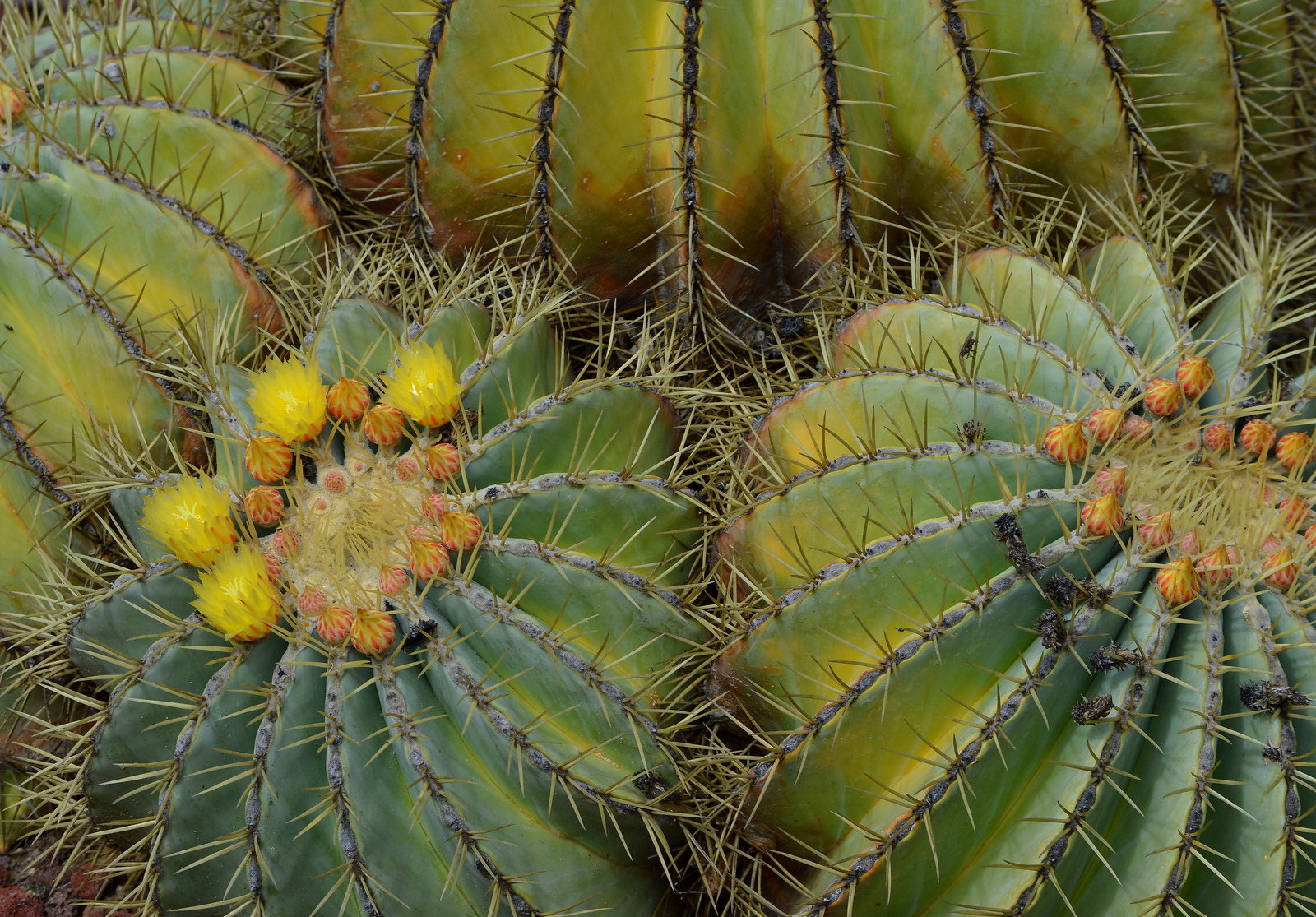
Raising a Barrel Cactus comes with a lot of complications. Despite its intimidating appearance, various rookie gardeners still add this spiky plant to their collection of succulents. Just like most of its kind, the Barrel Cactus only needs minimal care. Just remember to always wear gloves while tending to keep your hands safe from the succulent’s sharp spikes.
This article belongs to Facts.net and may not be reproduced, copied, edited, published, transmitted, or uploaded in any way without the permission of Facts.net.
Mistletoe Cactus
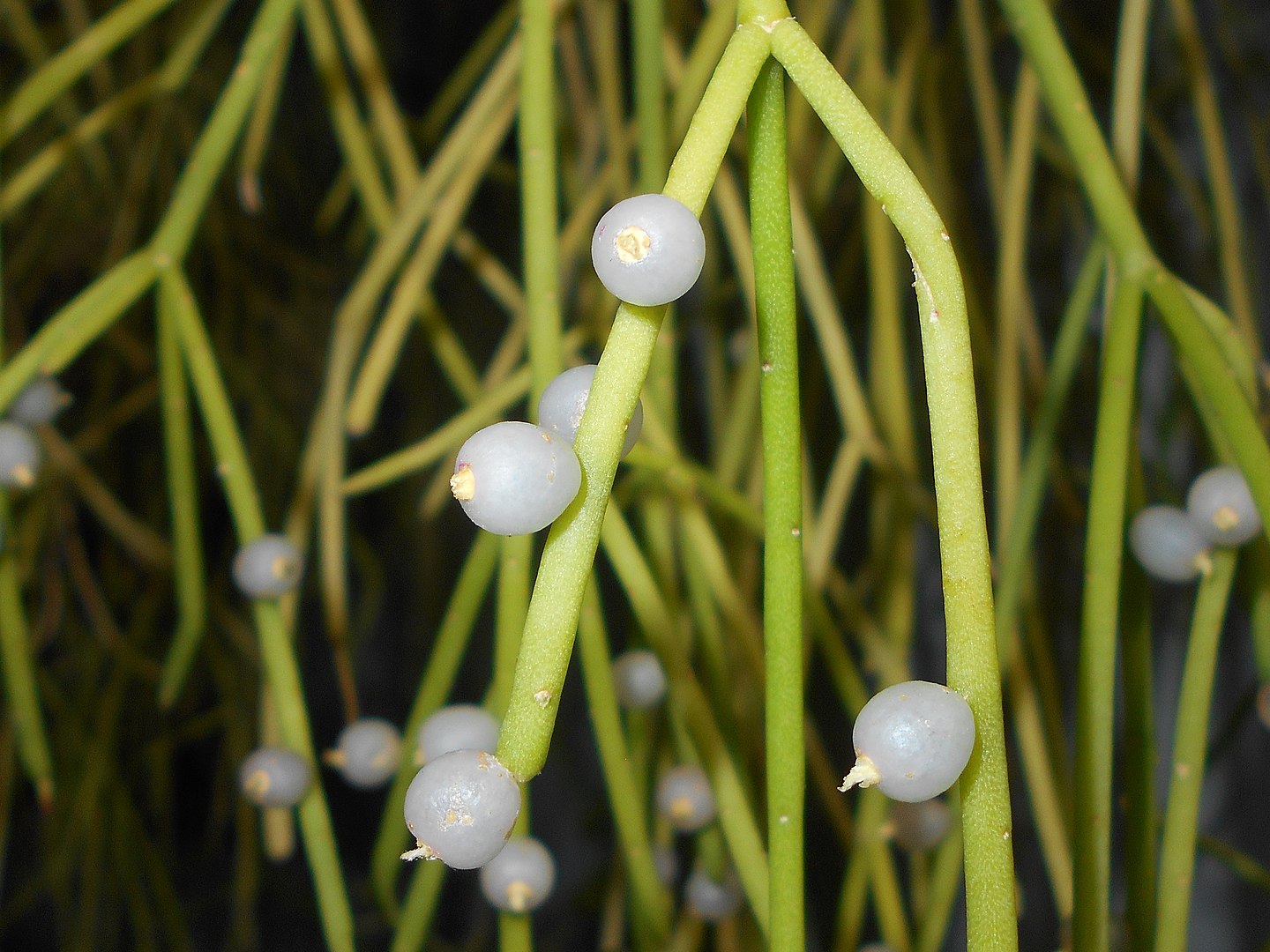
Did you know that the famous Mistletoe Cactus originated from rainforests? The tropical succulent thrives in warm temperatures making it perfect indoors and outdoors. This type of cactus does not produce thorns and its leaves grow up to six feet.
Orchid Cactus (Epiphyllum)
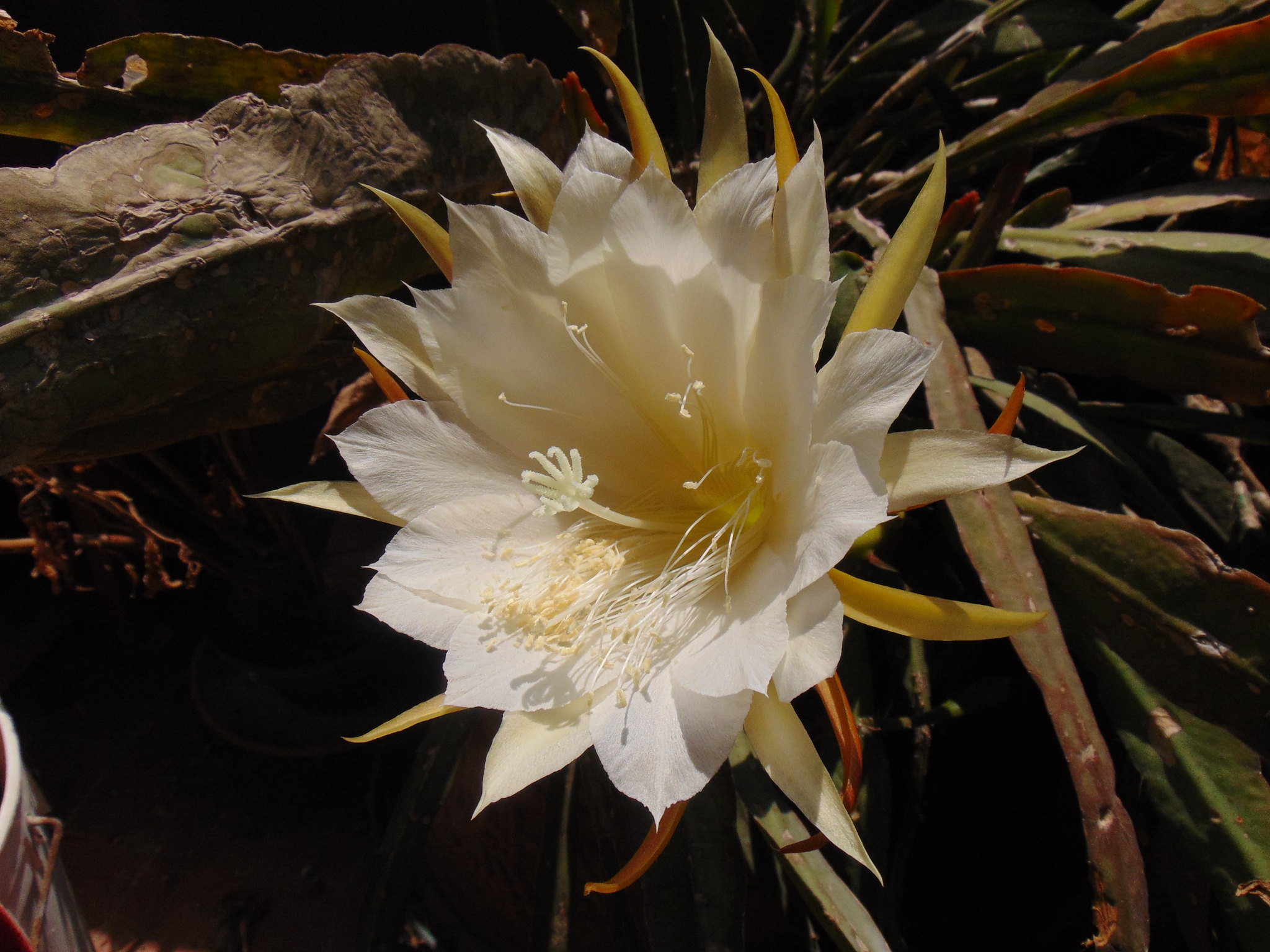
The beauty of the Orchid Cactus mesmerizes botanists and horticulturists alike. The unique succulent grows in various hues such as white, pink, and coral. If you want to raise an Orchid Cactus, you can keep the plants in hanging pots or baskets to aid the growth of their leaf-like stems.
Silver Shamrock (Oxalis Adenophylla)

The Silver Shamrock is another type of succulents famous for its beautiful array of flowers. This gorgeous succulent grows from a stem tuber. Its flowers come in vibrant colors of white, pink, and purple.
Ponytail Palm Tree
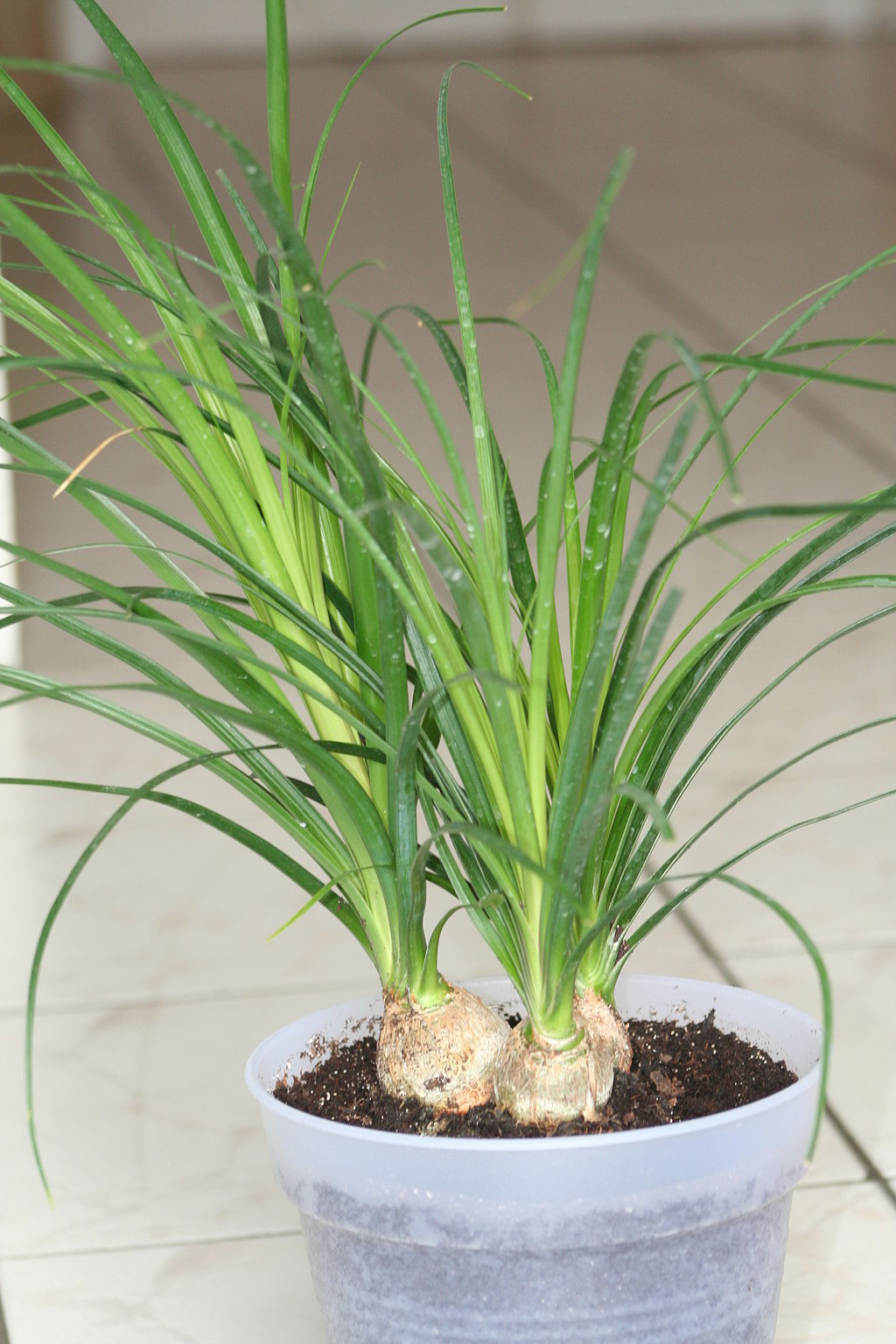
Go with a Ponytail Palm Tree if you want a quirky type of succulent in your home. Yes, you read that right. The Ponytail Palm Tree is a type of succulent and unrelated to palm trees. You can also easily raise one in your home. When taking care of a Ponytail Palm Tree, you only need to give it enough sunlight and let the soil completely dry out before watering again.
Flaming Katy (Kalanchoe Blossfeldiana)

The vibrant colors of the Flaming Katy succulent make it a perfect addition to your indoor garden. The gorgeous flowers usually come in a small compact pot. Most gardeners trim off the succulent leaves to make them look brighter.
Easter Lily Cactus
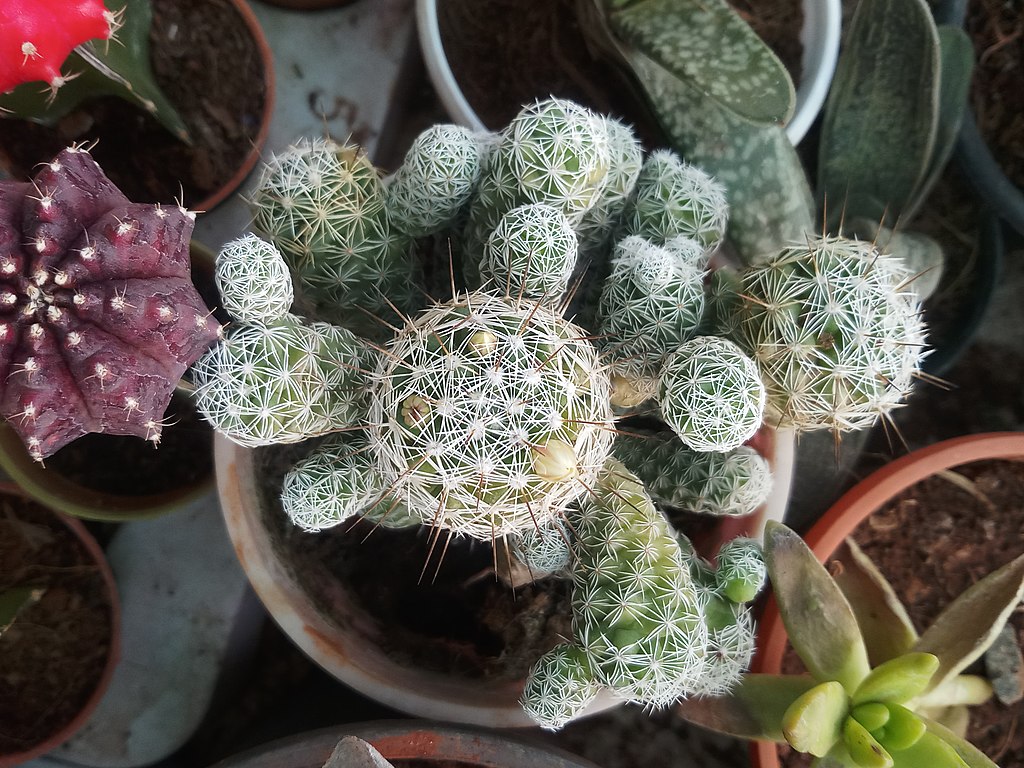
Remember to watch out for the sharp spikes that come along with the beautiful flowers of the Easter Lily Cactus. This type of succulent can liven up your room with its white, lavender, pink, or pale-red flowers that usually bloom at night. Like most cacti, the Easter Lily Cactus survives on minimal care as long as you completely dry out their soil between watering.
Christmas Cactus

The Christmas Cactus’ bright appearance makes it a perfect display plant for the holiday named after it. Sometimes, people call this succulent the Thanksgiving Cactus or the Easter Cactus because of its fun red hue. You can easily take care of this succulent when you receive it as a gift. All you have to do is keep the plant’s atmosphere humid.
Pincushion Cactus
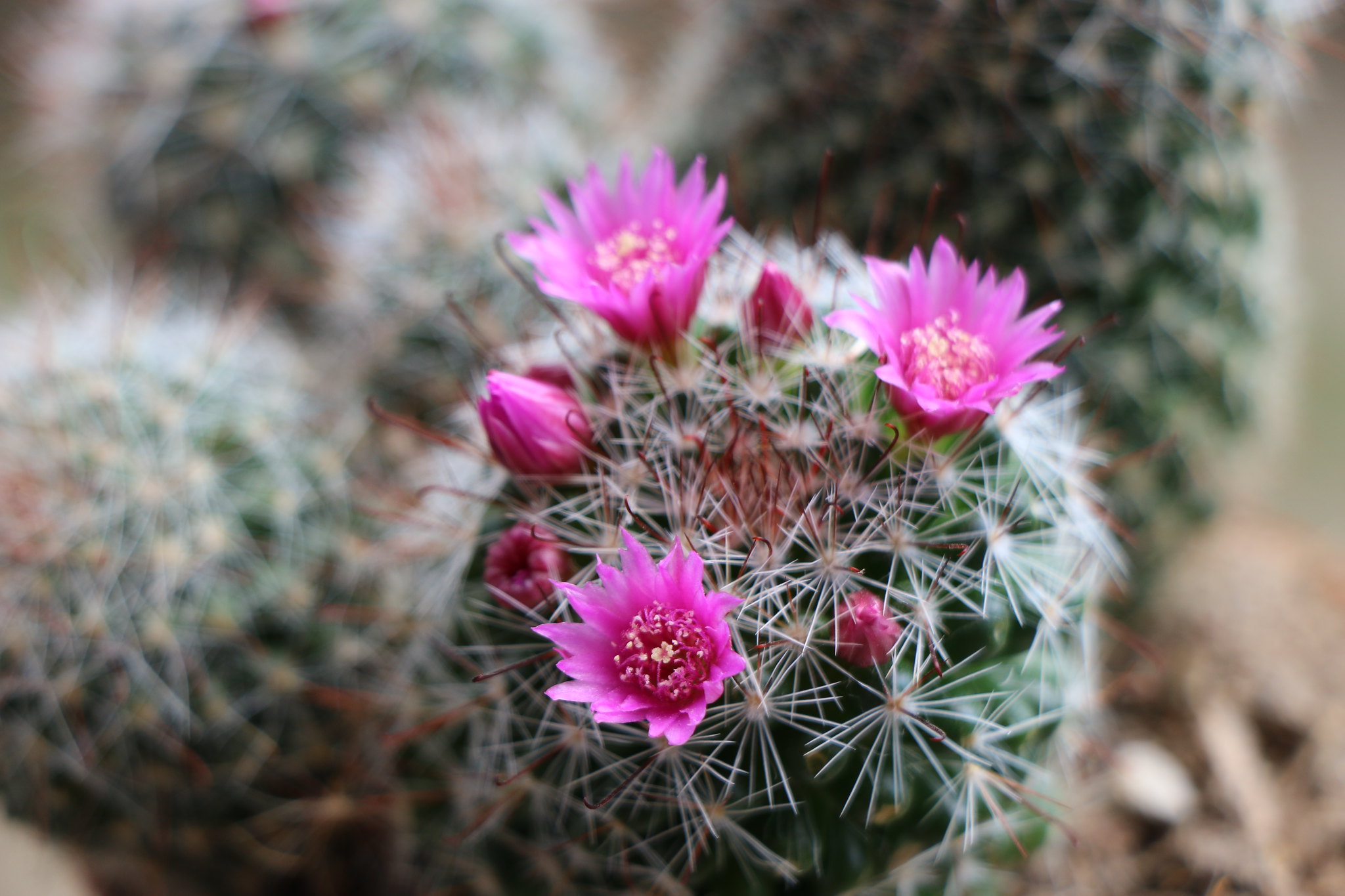
Cactus lovers always include the Pincushion Cactus in their collection. You can raise this common succulent indoors and outdoors. In storing the Pincushion Cactus, you can choose from big to compact pots to control its growth.
Red Pagoda (Crassula Capitella)
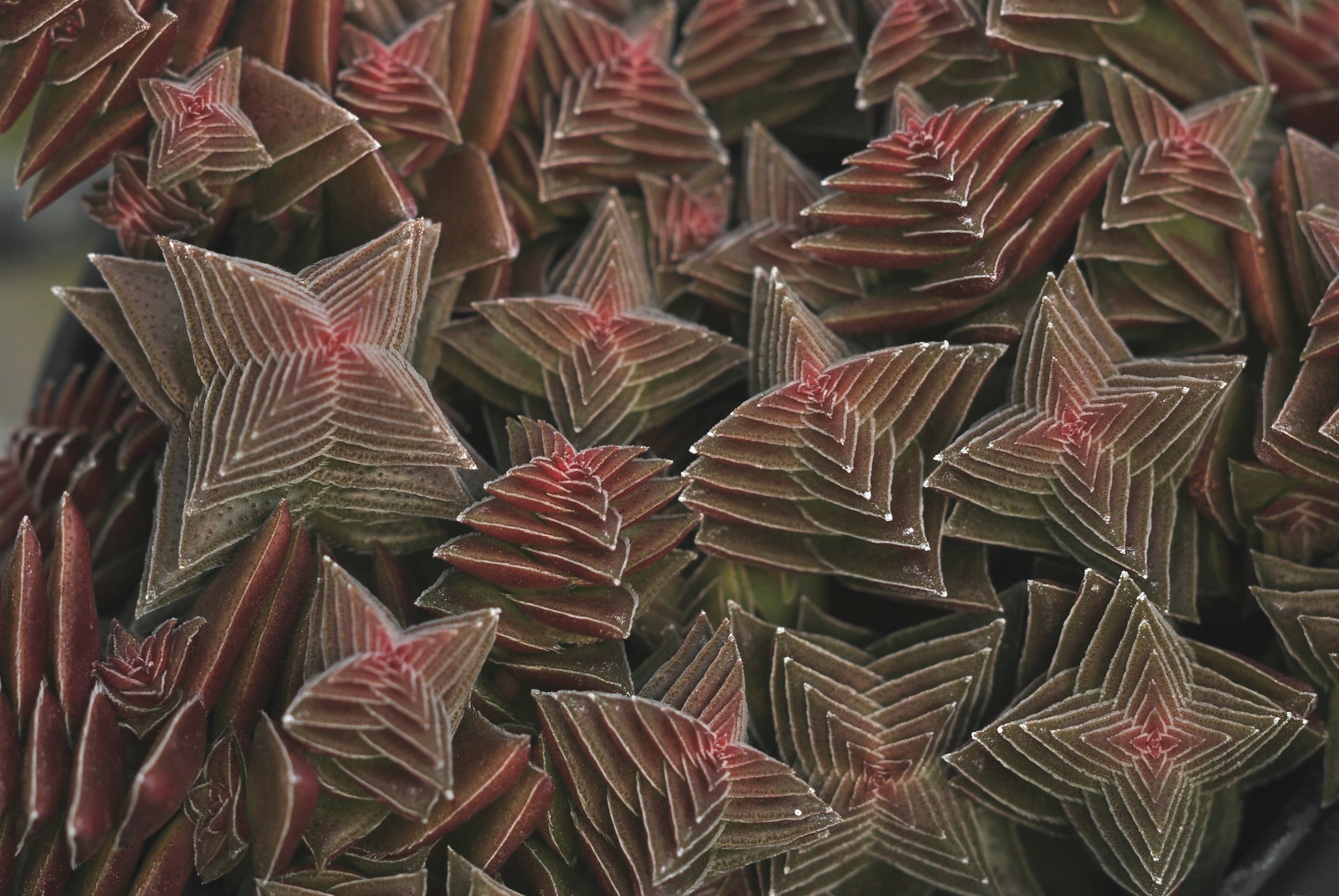
Aside from its scientific name, the Red Pagoda goes by Campfire Plant and Red Flames because of its red flame-like features. The stunning succulent originated from the provinces near Eastern Cape, South Africa. Because of this, the Red Pagoda is a forgiving plant that survives on low water intake.
Pincushion Peperomia (Peperomia Ferreyrae)
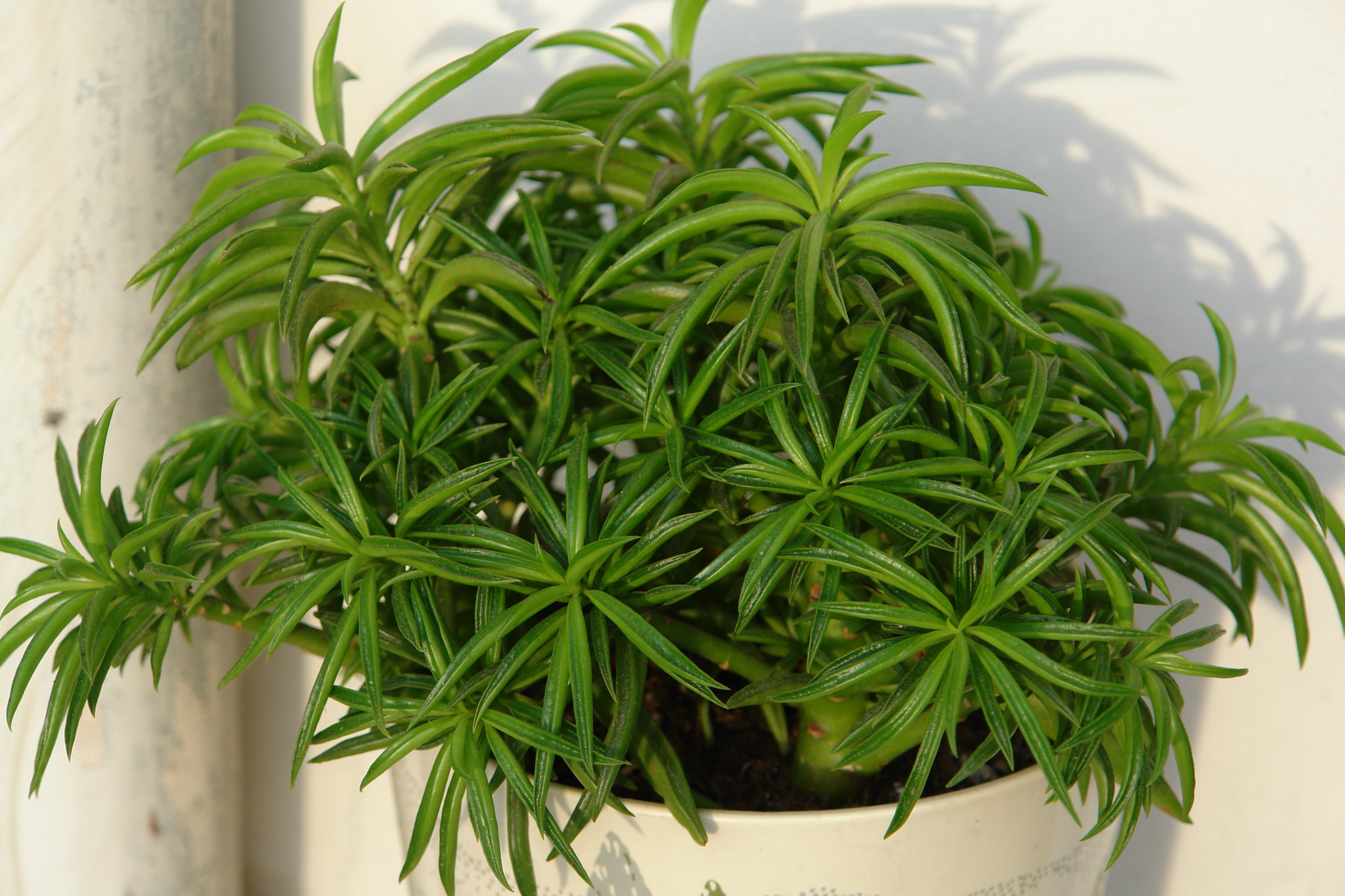
The Pincushion Peperomia grows into a magnificent shrub with bright green leaves and branches. The yellow-green spikes produced by this succulent can damage its appearance. Once you own one, it’s best to just trim them off.
Balloon Cactus (Parodia Magnifica)
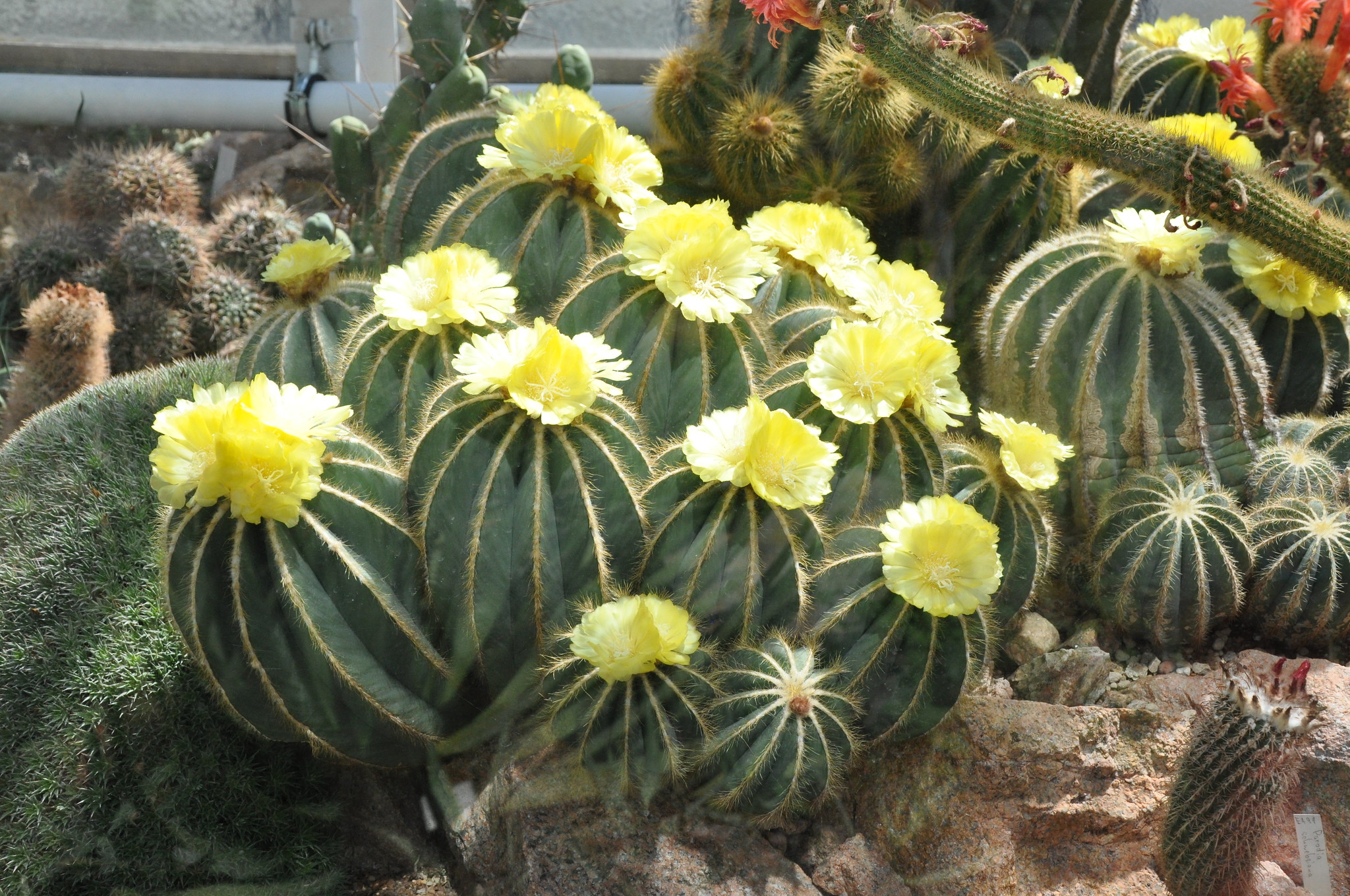
One of the most common cacti spotted in Cactus Lovers’ homes is the Balloon Cactus. You can prolong this succulent’s life by keeping them cool during wintertime. And, cut back the watering just like taking care of other cacti.
Cobweb Houseleek (Sempervivum Arachnoideum)
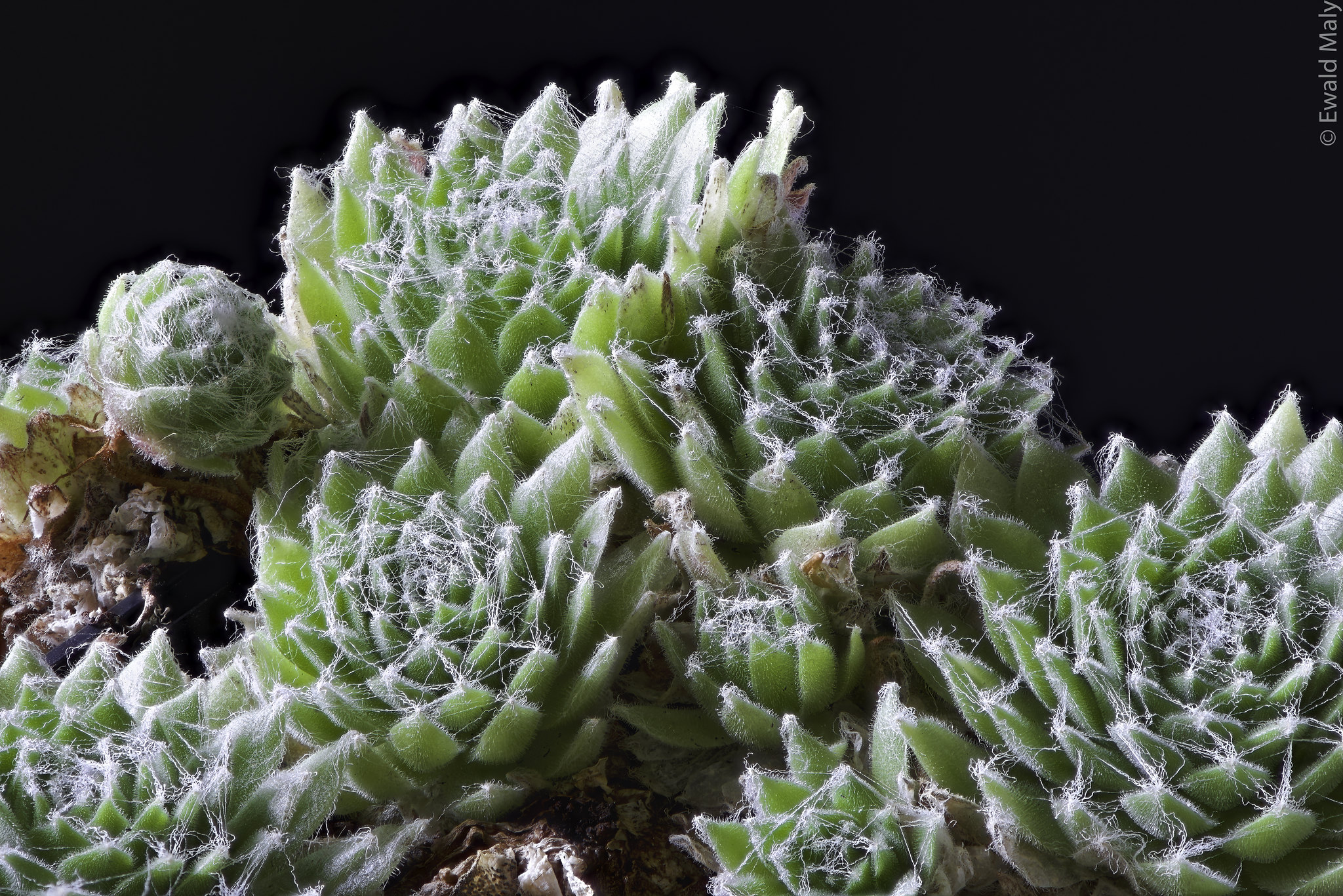
The Cobweb Houseleek derived its name from the white cobweb-like hairs growing from the tips of its leaves. While growing, this succulent produces rosettes with green or red leaves. The Cobweb Houseleek also grows a set of small pink star-shaped flowers.
Chinese Money Plant or Pancake Plant
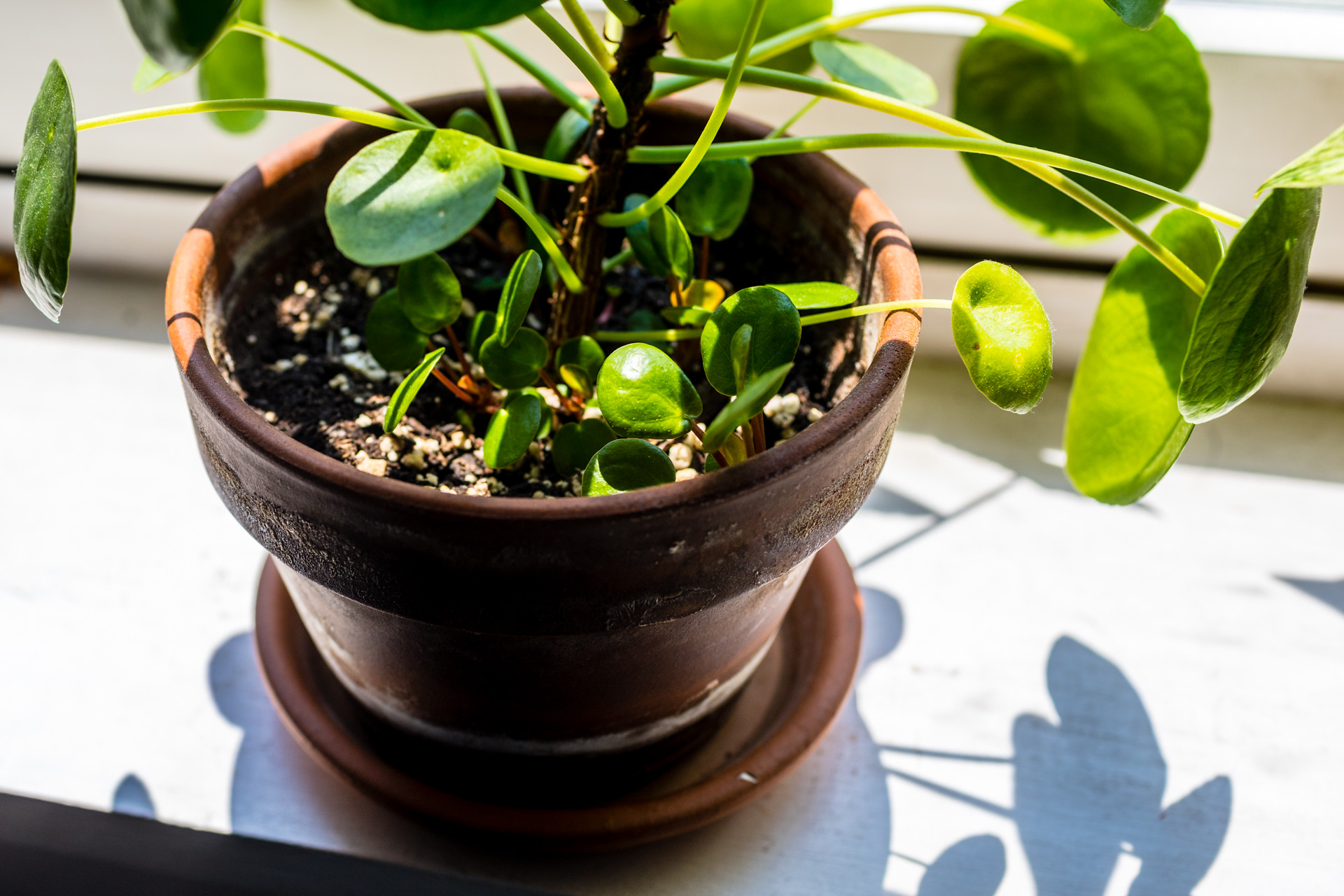
Add some luck to your home by purchasing the Chinese Money Plant. Its name came from the round coin-shaped leaves that also look like pancakes. The Chinese Money Plant grows fast so you can easily plant more of it in your home.
Living Stone Plant
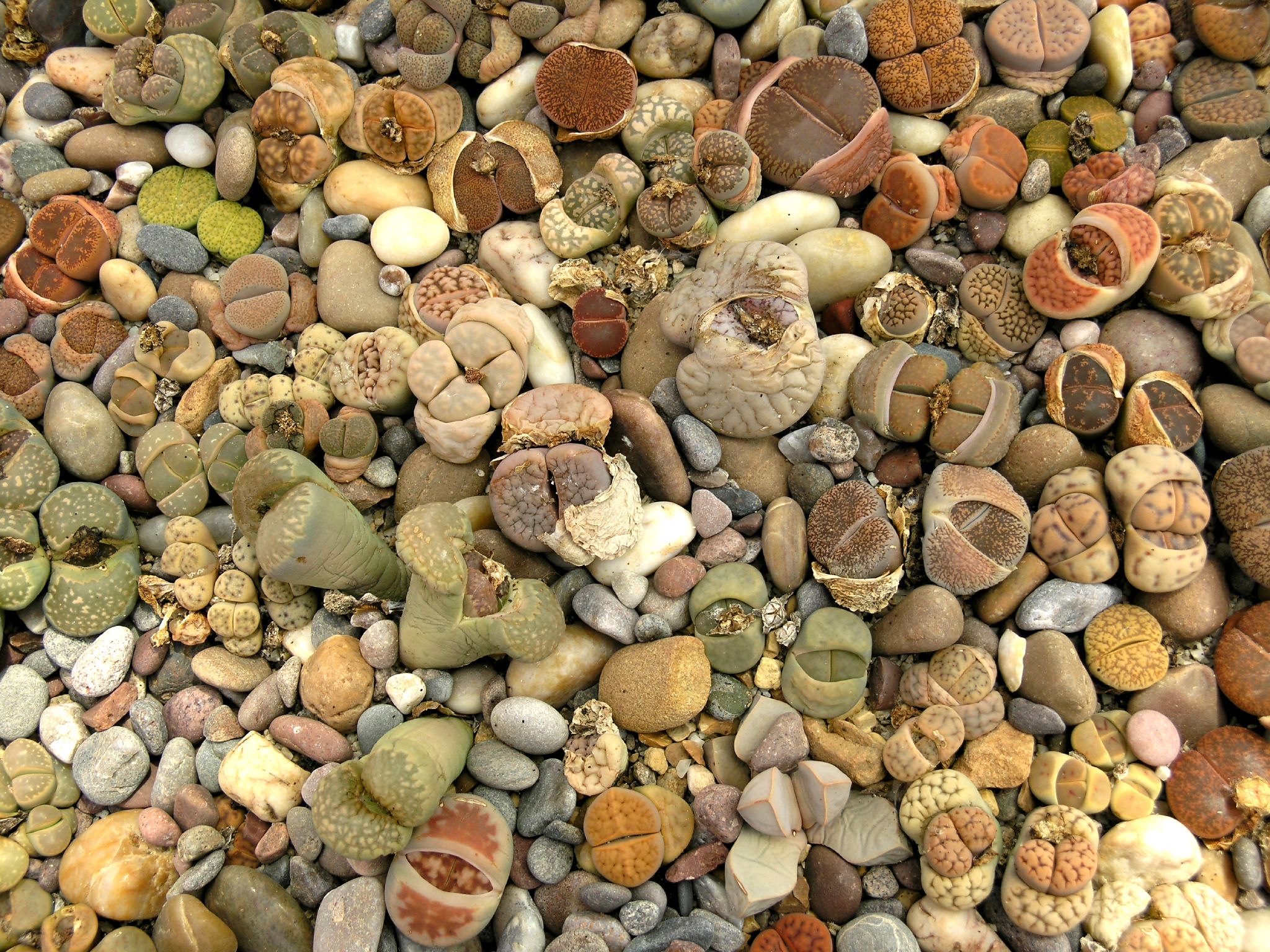
The Living Stone Plant can be a unique addition to your collection of indoor plants. This succulent, which also goes by Pebble Plants, takes a long time before growing into its full form. Their unusual growth comes from the fact that the Living Stone Plant enters a dormant state during summer and winter.
Rex Begonia Vine (Cissus Discolor)
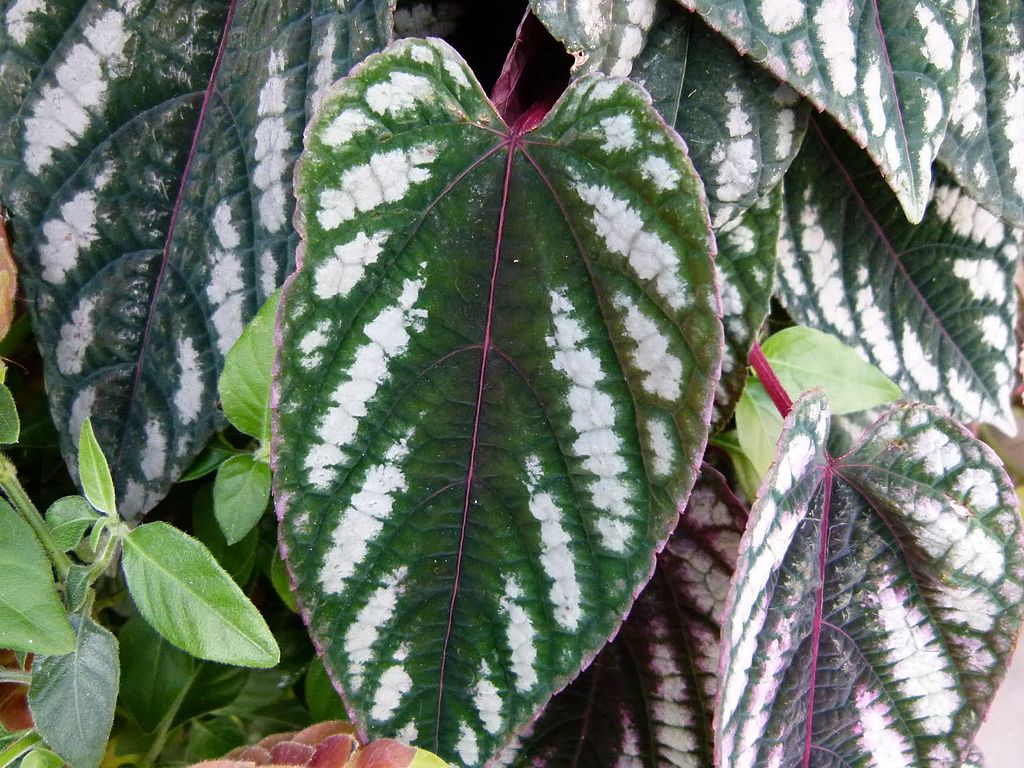
The Rex Begonia Vine looks better as a hanging plant. Since this succulent hails from the Vitaceae or grape family. If you buy one, you should watch out for its rapid growth. Place it outdoors to accommodate the plant’s soon-to-be height of six to eight feet.
Ruby Glow Peperomia (Peperomia Graveolens)

Hailing from Southern Ecuador, the Ruby Glow Peperomia easily adapts to dry climates while growing. To maintain its wine-red stems and shiny green leaves, you must place it away from direct sunlight and dry out an inch of the plant’s soil before watering again.
Keep Your Succulents Alive With Our Tips

Now, it’s time to learn about keeping your prized succulents alive and well. You don’t have to stress about regularly watering them. These plants commonly thrive on partial sunlight and less water. Before purchasing one of your own, ask plant vendors about the proper temperature that’s best for your new plant. For other advice, just read back and look out for the care tips we included in the plants’ description.
Was this page helpful?
Our commitment to delivering trustworthy and engaging content is at the heart of what we do. Each fact on our site is contributed by real users like you, bringing a wealth of diverse insights and information. To ensure the highest standards of accuracy and reliability, our dedicated editors meticulously review each submission. This process guarantees that the facts we share are not only fascinating but also credible. Trust in our commitment to quality and authenticity as you explore and learn with us.
